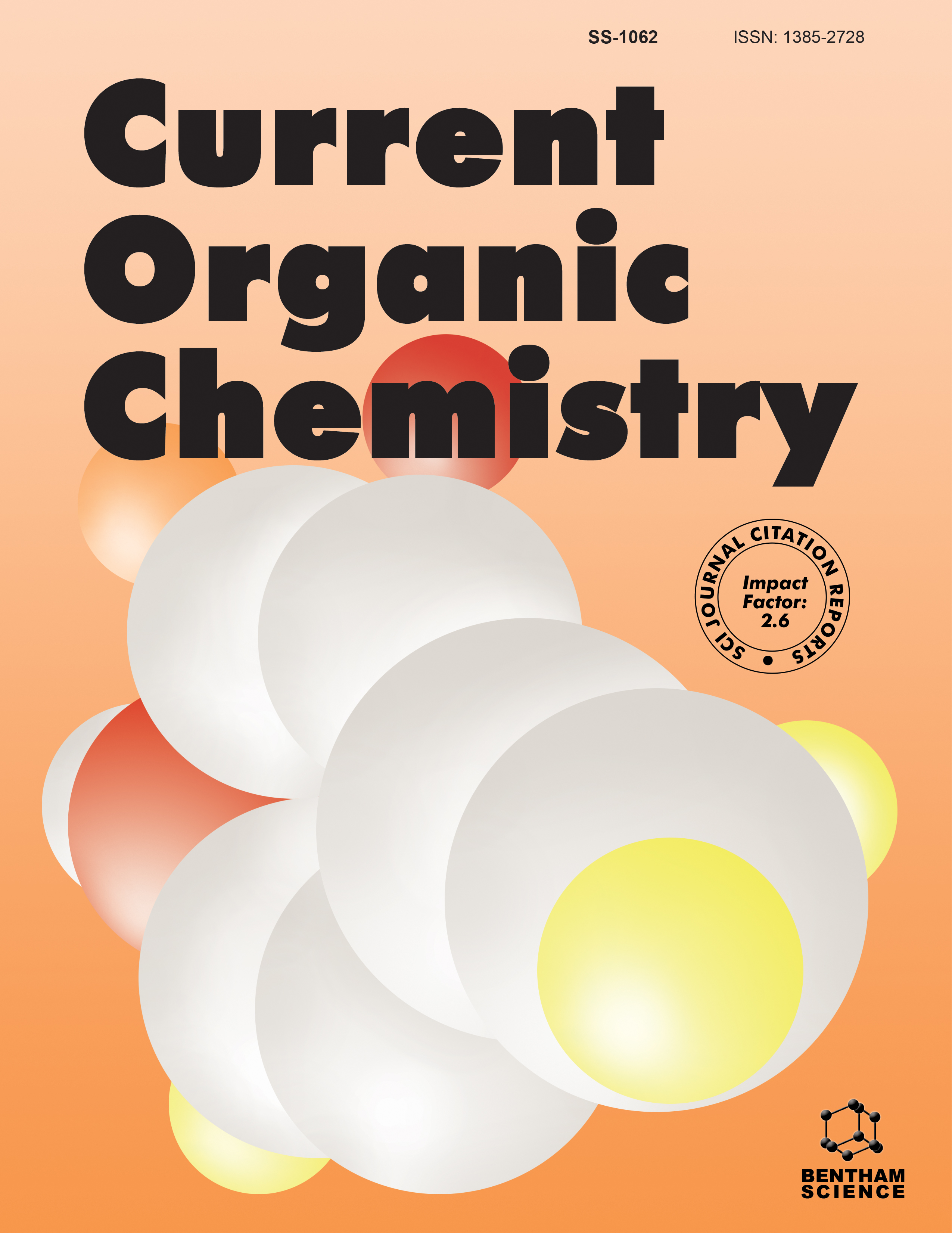-
oa Editorial [Hot Topic: Recent Advances in Fullerene Organic Chemistry (Guest Editor: Zhiguo Zhou)]
- Source: Current Organic Chemistry, Volume 16, Issue 9, May 2012, p. 1059 - 1059
-
- 01 May 2012
- Previous Article
- Table of Contents
- Next Article
Abstract
Chemical functionalization of fullerene is vital to its applications in nanomedicine, biomedical imaging, organic photovoltaics and advanced materials. A number of efficient reactions have been proposed in the preparation of fullerene monoadducts and multiple adducts. Many articles and book chapters have reviewed the majority of fullerene structures and reactions. Two important areas in fullerene chemistry are emerging rapidly, attract a great degree of attention across the fullerene and general chemistry community but have not been reviewed in detailed accounts. One area is the endohedral metallofullerene. One or more metal atoms or metal clusters can be entrapped inside a fullerene cage, called endohedral metallofullerene, which has very broad and promising applications being a new generation of magnetic resonance imaging contrast agent and an efficient electron acceptor in organic solar cell. Of particular interest is the trimetallic nitride endohedral metallofullerene (TNT metallofullerene) pioneered by Dr. Harry Dorn and being commercialized by Luna nanoWorks. In this special issue of Current Organic Chemistry, one excellent article is presented to review the recent progress in the synthesis, separation, molecular structure and characterization of metallofullerenes including conventional endohedral fullerenes and endohedral clusterfullerenes, and a second article is to review the chemical functionalization methods for metallofullerenes and the influence of the choice of functionalization on the electronic properties of TNT metallofullerenes. The second area covered in this special issue is the use of radical reactions to functionalize fullerenes. Radical reaction is one of the first investigated reactions in fullerene chemistry. There are three classes of radical reactions: direct radical addition to fullerene, single electron transfer and oxidation of fullerene anions. However in many cases radical reactions lead to the formation of a mixture of fullerene isomers, which are not acceptable for either biomedical or OPV applications. In this special issue of COC two articles are presented to review the recent progress of fullerene radical reactions. One article focuses on metal-mediated radical reactions that can be controlled to synthesize isomerically pure fullerene adducts, and the second article reviews the recent advancement in halogenation that is a highly chemoselective and regioselective multiple radical addition reaction. The guest editor and all authors hope to use this platform to increase the awareness of these important areas in fullerene chemistry.


